
ID notes:The strongly twisted, narrow leaves, and usually dry(ish) habitat (compared to most other Xyris species) is distinguishing.
Origin/Endemic status: Native
Taxonomy Comments: White-petaled plants that have generally been included as a phase or color form of X. caroliniana occur in the East Gulf Coastal Plain. They are the basis of X. pallescens (C. Mohr) Small and may well warrant taxonomic recognition.
Synonymy: = AqW, C, ETx1, FNA22, GW1, K1, K3, K4, RAB, Tx, Va, WH3, Bridges & Orzell (2003), Kral (1966a); > Xyris arenicola Small – S13; > Xyris flexuosa Muhl. ex Elliott – F, G, S, S13; > Xyris pallescens (C.Mohr) Small – S, S13
Wetland Indicator Status:
- Atlantic and Gulf Coastal Plain: FACW
- Eastern Mountains and Piedmont: FACW
Heliophily: 9
Hover over a shape, letter, icon, or arrow on the map for definition or see the legend.
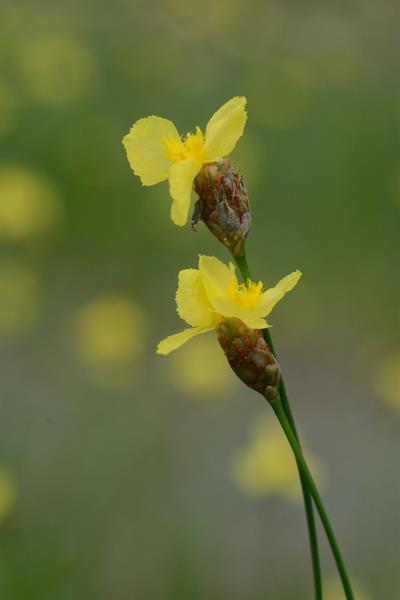 © Gary P. Fleming | Original Image ⭷
© Gary P. Fleming | Original Image ⭷ © Jay Horn source | Original Image ⭷
© Jay Horn source | Original Image ⭷ © Gary P. Fleming | Original Image ⭷
© Gary P. Fleming | Original Image ⭷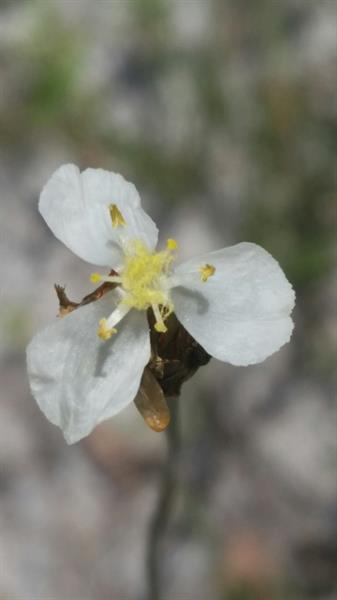 © Jay Horn source | Original Image ⭷
© Jay Horn source | Original Image ⭷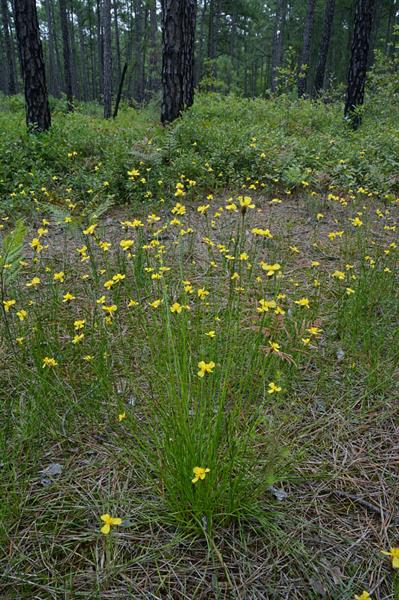 © Gary P. Fleming | Original Image ⭷
© Gary P. Fleming | Original Image ⭷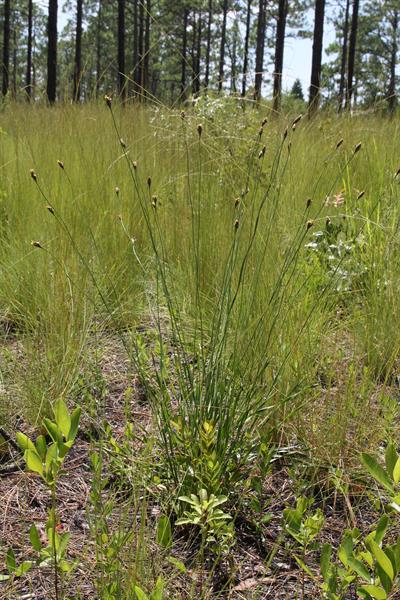 © Bruce A. Sorrie | Original Image ⭷
© Bruce A. Sorrie | Original Image ⭷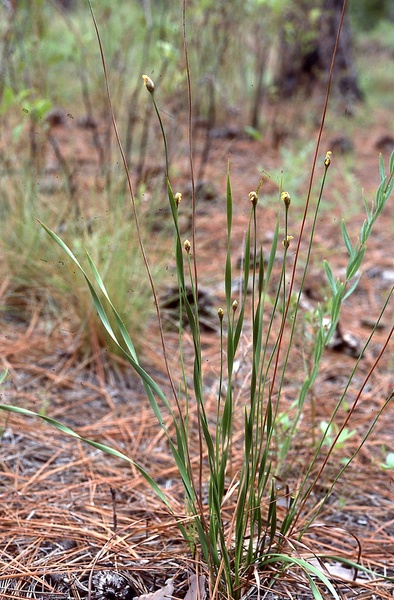 © Bruce Sorrie | Original Image ⭷
© Bruce Sorrie | Original Image ⭷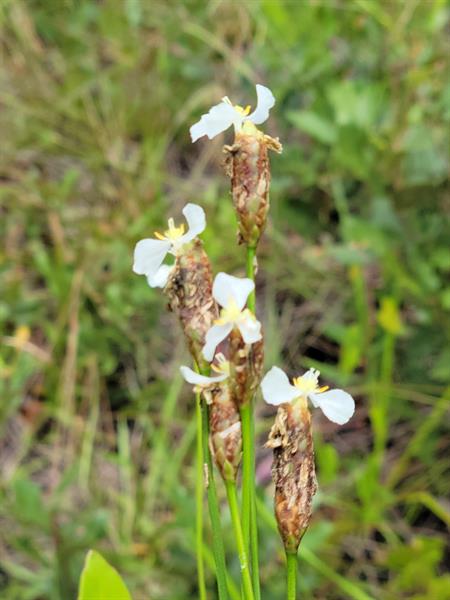 © Jay Horn source | Original Image ⭷
© Jay Horn source | Original Image ⭷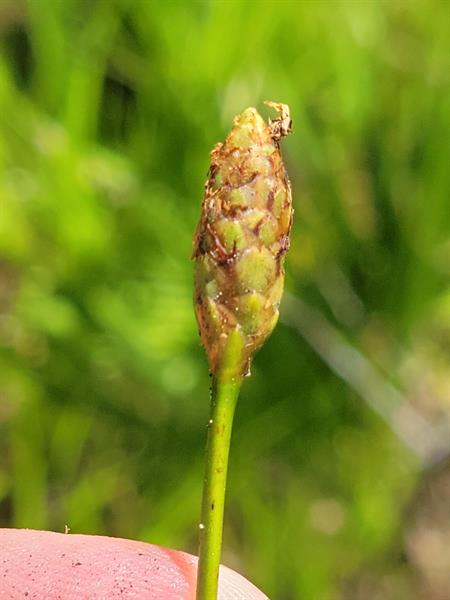 © Jay Horn source | Original Image ⭷
© Jay Horn source | Original Image ⭷ © Jay Horn source | Original Image ⭷
© Jay Horn source | Original Image ⭷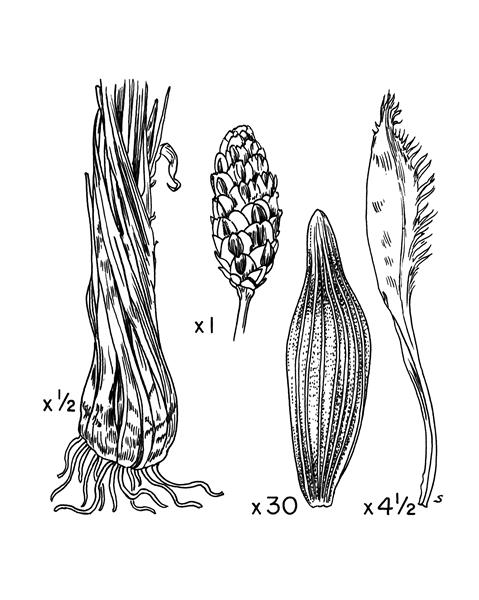 © Radford, Ahles and Bell | Original Image ⭷
© Radford, Ahles and Bell | Original Image ⭷Feedback
See something wrong or missing on about Xyris caroliniana? Let us know here: (Please include your name and email if at all complicated so we can clarify if needed.)
Cite as...